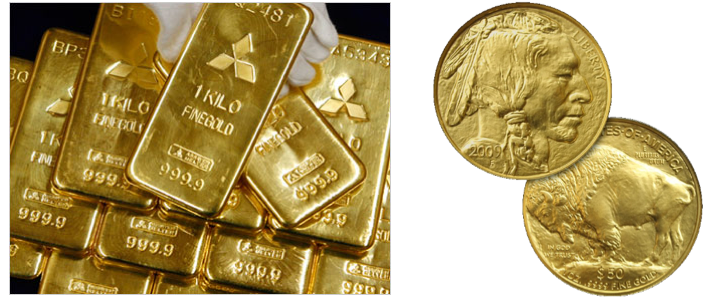Due to the size of this post, it was split in two. You can find Part B here.
The M&B series is back! The goal is to finish the first complete draft of the book by the time I need to teach my Money and Banking course. Over the coming months, the following topics will be covered.
- Overview of the financial system
- Federal Reserve System institutional analysis
- Interest rate and interest rate structure
- Pricing of securities
- Off balance sheet: Securitization
- Off balance sheet: Derivatives
- Monetary policy in action (issues surrounding interest-rate rules, transmission channels, etc.)
- International monetary arrangements and exchange rates
- Modeling (theory of the circuit, including the money supply in models, stock-flow coherency, portfolio constraints, capital gains, using models, etc.)
With these new sections and the seventeen other chapters of the book (which I have already rewritten in part to take into account feedbacks from my students), one should have a solid alternative preliminary text (let me know if I should cover more topics). The incomplete draft was well received by my students and has been downloaded over 8000 times as of May 2017.













